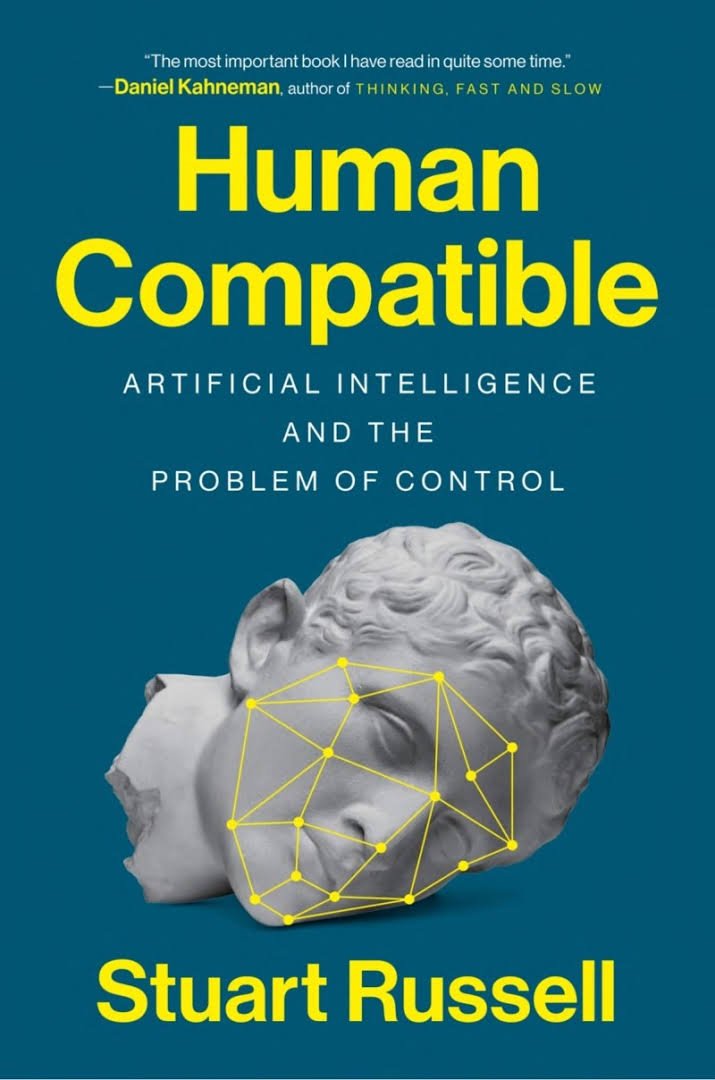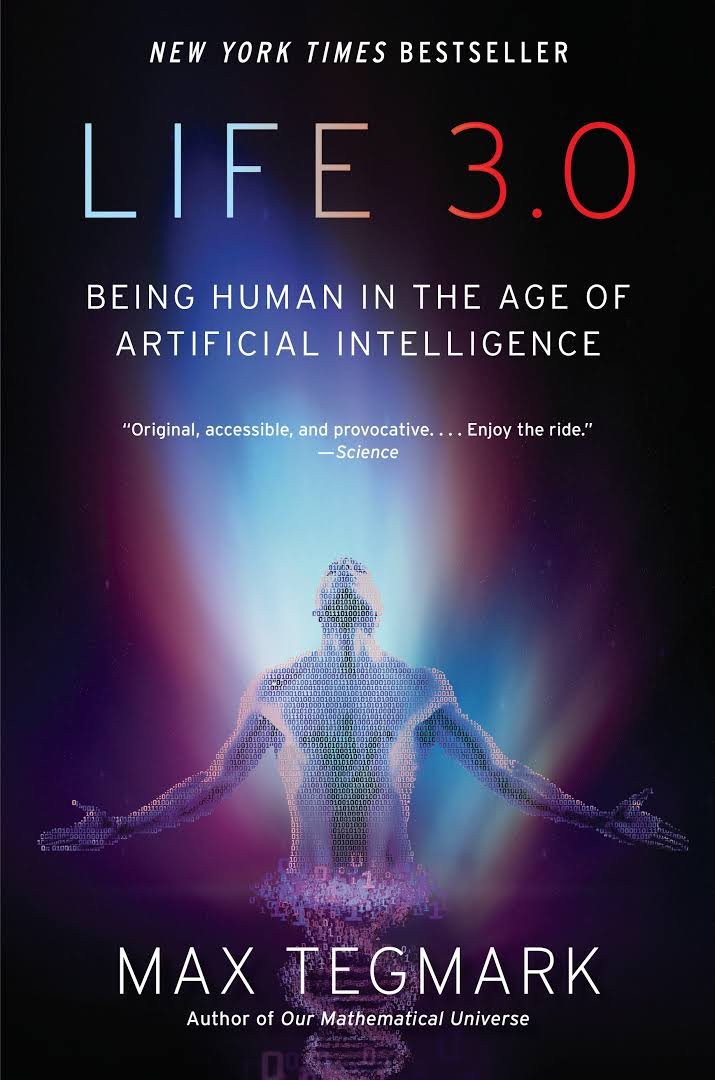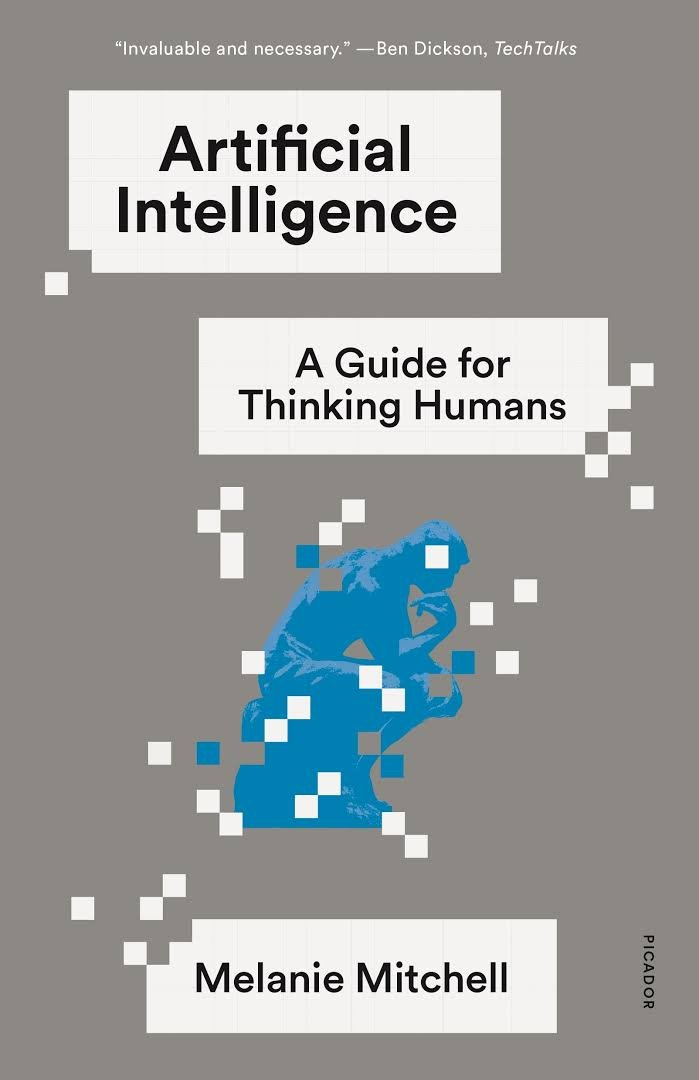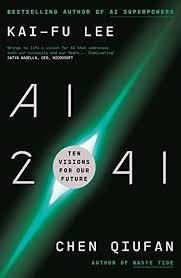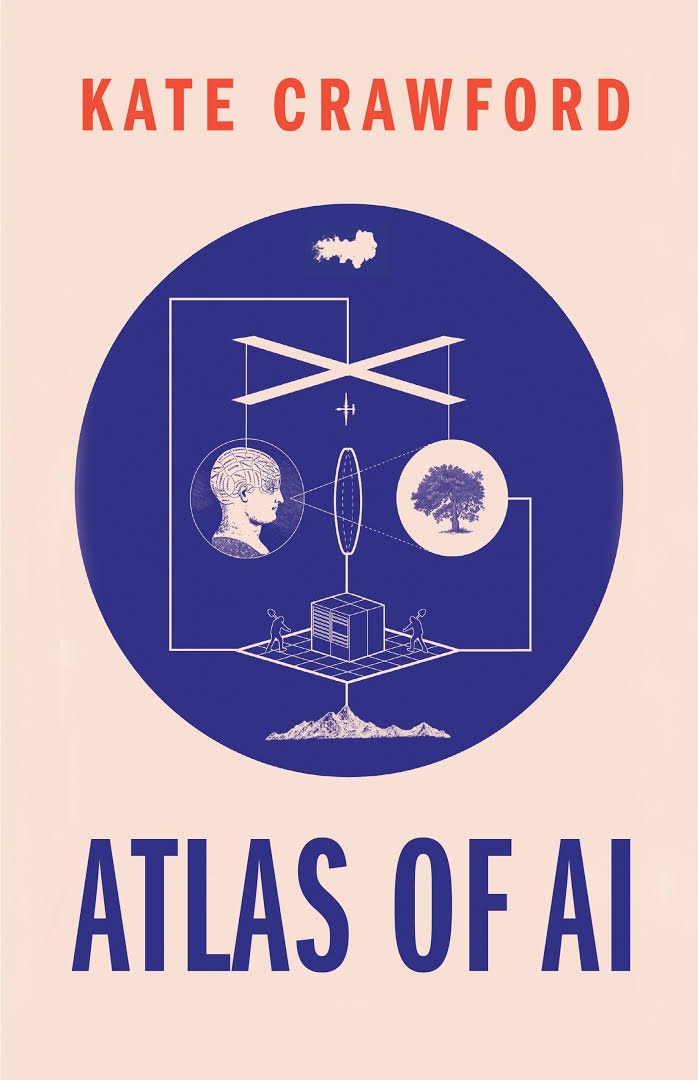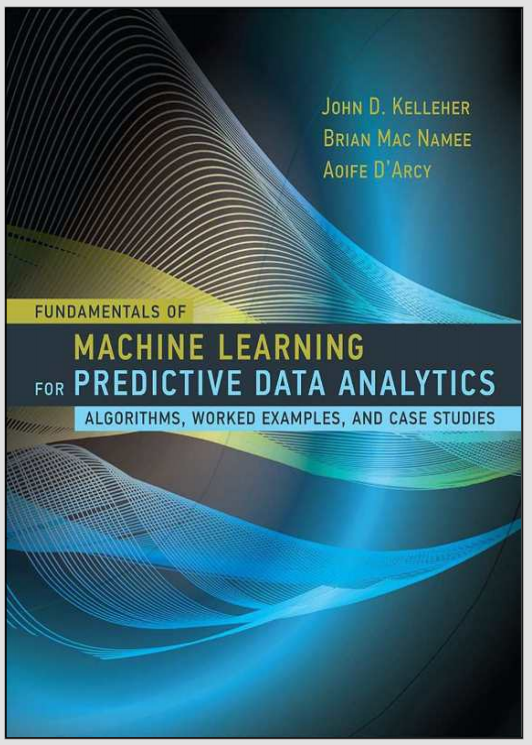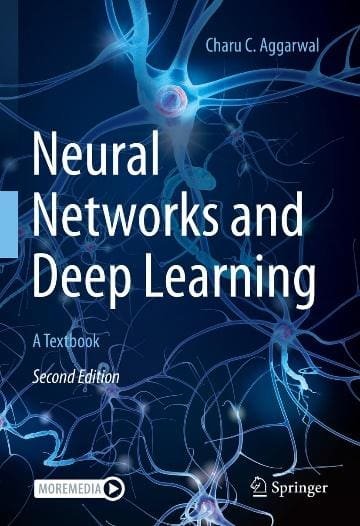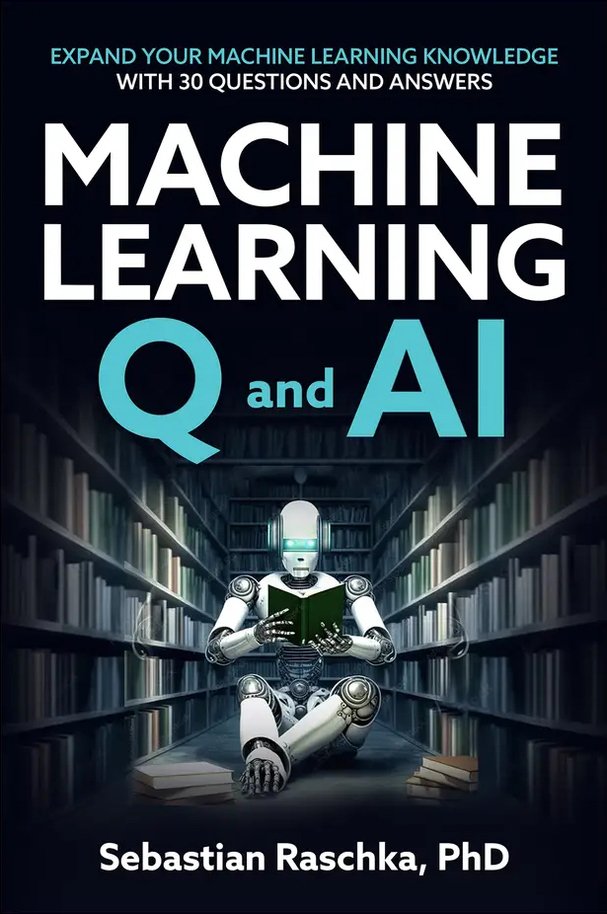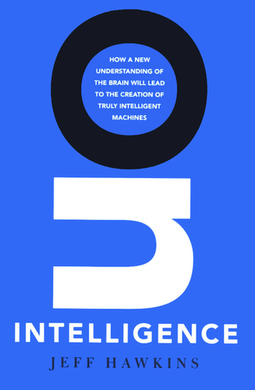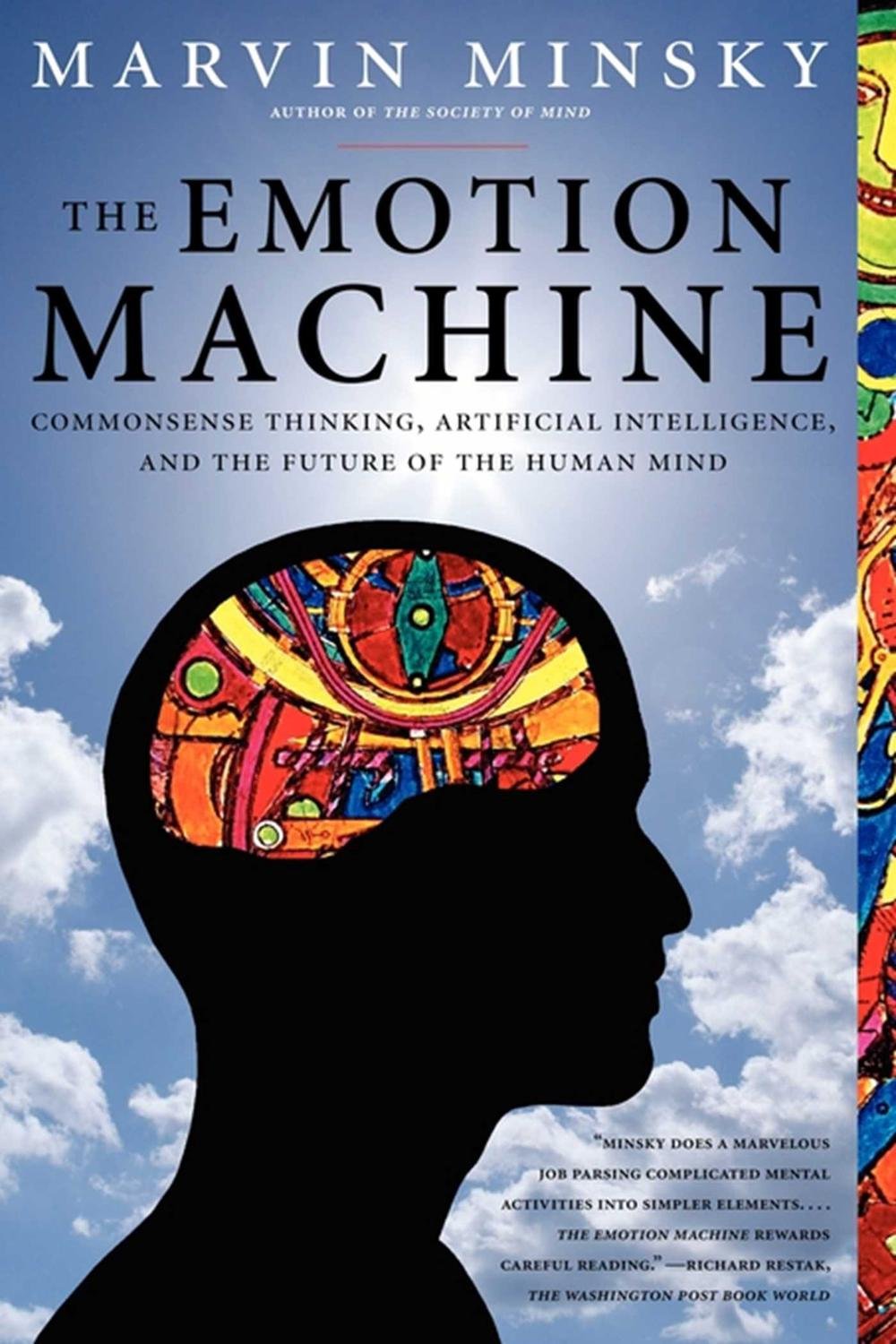
A World Without Work
Private Book Reader
Upload and read your personal PDF books in our secure reader
Read Your Private BookShort Audio Book Summary
A World Without Work Summary
0:00 / 0:00Reviews
No review yet. Be the first to review this book!
Description
"A World Without Work" is a thought-provoking book by Daniel Susskind that explores the implications of automation and technological advancement on the future of work. It examines how automation, artificial intelligence, and robotics are reshaping the labor market and challenging traditional notions of employment. Key themes explored in the book include: 1. **Automation and Job Displacement**: Susskind discusses how advancements in technology, particularly artificial intelligence and robotics, are automating tasks and jobs traditionally performed by humans. This automation leads to job displacement and raises concerns about the future of work for many individuals. 2. **Impact on Labor Market**: The book examines how automation is impacting various sectors of the economy and changing the nature of work. It discusses the potential for widespread job loss, shifts in the distribution of wealth, and the emergence of new forms of employment. 3. **Income Inequality and Redistribution**: Susskind explores the implications of automation for income inequality and social stability. He discusses the need for policies and mechanisms to redistribute wealth and ensure economic security for individuals affected by automation-induced job loss. 4. **Future of Education and Training**: The book considers the role of education and training in preparing individuals for a future where automation plays a significant role in the workforce. It discusses the importance of lifelong learning and the need to adapt education systems to meet the demands of a changing labor market. 5. **Potential Solutions and Policy Responses**: Susskind proposes various policy responses to address the challenges posed by automation and technological unemployment. These include ideas such as universal basic income, job guarantees, retraining programs, and regulation of technology. 6. **Ethical and Societal Implications**: The book raises ethical questions surrounding the use of automation and artificial intelligence, including concerns about privacy, algorithmic bias, and the impact on human dignity and autonomy. Overall, "A World Without Work" offers a comprehensive examination of the transformative effects of automation on society and the economy. It provides insights into the challenges and opportunities presented by technological advancement and encourages readers to consider the broader implications for individuals, communities, and societies as a whole. 1. **Introduction to Neural Networks**: The book starts by explaining the basic concepts of neural networks, including neurons, layers, activation functions, and the overall structure of a neural network model. 2. **Mathematics of Neural Networks**: It provides an accessible explanation of the mathematical principles behind neural networks, covering topics such as linear algebra, calculus, and optimization algorithms like gradient descent. 3. **Building Your First Neural Network**: Readers are guided through the process of building a simple neural network from scratch using Python. This involves creating the necessary data structures, implementing forward and backward propagation algorithms, and training the network on a basic dataset. 4. **Understanding Deep Learning**: The book delves into the concept of deep learning, explaining the significance of deep neural networks and architectures like convolutional neural networks (CNNs) and recurrent neural networks (RNNs). 5. **Practical Implementation**: Readers learn how to implement more advanced neural network models for tasks such as image classification, natural language processing, and reinforcement learning. The book provides hands-on examples and code snippets to facilitate understanding. 6. **Debugging and Optimization**: Techniques for debugging neural networks and optimizing their performance are discussed, including strategies for preventing overfitting, choosing appropriate activation functions, and tuning hyperparameters. 7. **Real-World Applications**: The book explores various real-world applications of neural networks across different industries, showcasing how they are used in fields such as healthcare, finance, autonomous vehicles, and more. 8. **Future Directions and Challenges**: It concludes with a discussion on current trends in neural network research, emerging technologies, and challenges that the field is facing, encouraging readers to explore further and contribute to the advancement of artificial intelligence. "Make Your Own Neural Network" is designed to be accessible to beginners with no prior background in machine learning or mathematics, providing a gentle introduction to the subject while also offering practical insights and hands-on experience in implementing neural networks using Python.


 May 03, 2025
May 03, 2025


















.jpeg)


.jpg)

.jpeg)












.jpg)
.jpeg)

.jpg)
.jpg)

.png)









.jpeg)










.jpeg)









.jpg)




.jpg)





.jpg)




